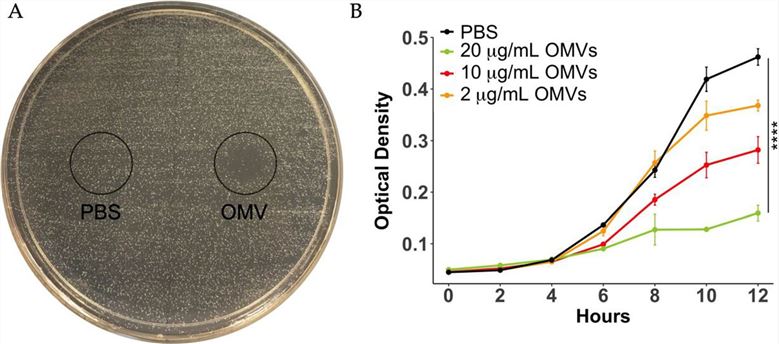Burkholderia thailandensis-derived Exosome Research and Application
Burkholderia thailandensis is an oxidase-positive, Gram-negative rod-shaped bacterium that is typically non-pathogenic to humans. The characteristics of this bacterium ensure that it does not provoke excessive inflammatory responses in humans. Furthermore, Burkholderia thailandensis can produce exosomes, vesicles that contain a variety of compounds with broad-spectrum antimicrobial activity. Creative Biolabs has explored research on Burkholderia thailandensis-derived exosomes and found that these vesicles have potential applications in disrupting biofilms of other pathogens and enhancing the efficacy of antibiotics.
Valuable Burkholderia thailandensis
Burkholderia thailandensis belongs to the Burkholderia genus. It is phenotypically very similar to the Burkholderia mallei, once considered two biotypes. However, there are significant differences in their pathogenicity:
|
Features/Strain
|
Burkholderia thailandensis
|
Burkholderia mallei
|
|
Classification
|
Burkholderia genus
|
|
Morphology
|
Gram-negative non-fermenting rod
|
Gram-negative rod
|
|
Primary Habitat
|
Soil, especially acidic environments
|
Animal hosts, like horses
|
|
Virulence
|
Generally weak
|
Strong, leading to glanders
|
|
Clinical Cases
|
Very few cases of purulent infections
|
Glanders
|
|
Research Purpose
|
Commonly used as a research model due to its lower pathogenicity
|
Mainly studied for its pathogenic mechanisms
|
Tab. 1 Similarities and Differences between Burkholderia thailandensis and Burkholderia mallei.
Inhibitory Characteristics of Burkholderia thailandensis-derived Exosomes
Exosomes released by Burkholderia thailandensis play a key role in bacterial interactions and the interaction between bacteria and their environment:
-
Research has shown that these exosomes can inhibit the growth of drug-sensitive and drug-resistant bacteria and fungi. Various antimicrobial compounds are closely related to the exosomes of Burkholderia thailandensis. These antimicrobial compounds have antibacterial and anti-biofilm properties against methicillin-resistant Staphylococcus aureus. These findings suggest that Burkholderia thailandensis-derived exosomes may gain survival advantages by eliminating competitors. Therefore, exosomes derived from Burkholderia thailandensis may be an underutilized novel therapeutic resource effective against biofilm formation and multidrug-resistant microbes.1
-
Another study pointed out that these exosomes have anti-biofilm activity against oral biofilm-forming pathogen Streptococcus mutans. Exosome treatment can reduce the biomass, integrity, and activity of bacterial cells in biofilms. Both heat-sensitive and heat-stable components of exosomes contribute to their anti-biofilm activity. When used in conjunction with gentamicin, the antibiotic efficacy against Streptococcus mutans biofilms is enhanced. These studies suggest that exosomes released by Burkholderia thailandensis are efficient bio-nanoparticles that can inhibit or even eliminate biofilms.2
 Fig.1 OMVs inhibit the growth of Streptococcus mutans.1,2
Fig.1 OMVs inhibit the growth of Streptococcus mutans.1,2
Based on these latest findings, exosomes derived from Burkholderia thailandensis demonstrate significant potential advantages and broad application prospects against various pathogens. As an industry-leading biotechnology company, Creative Biolabs is not only an authoritative supplier of exosome technology and products but also a global leader in exosome research. We are committed to providing customers with the latest exosome application trends and have successfully built a highly specialized research platform for exosomes of microbial origin. Whether your needs are technical consulting, product selection, or research collaboration, we are always here to provide comprehensive support and services. Please feel free to contact us.
Bacteria-derived Exosome Isolation and Identification
In Vitro Functional Discovery of Bacteria-derived Exosomes
In Vivo Functional Discovery of Bacteria-derived Exosomes
References
-
Wang, Y.; et al. Inhibition of Streptococcus mutans biofilms with bacterial-derived outer membrane vesicles. BMC Microbiology. 2021, 21(1):234.
-
under Open Access license CC BY 4.0, without modification.
For Research Use Only. Cannot be used by patients.
Related Services:

 Fig.1 OMVs inhibit the growth of Streptococcus mutans.1,2
Fig.1 OMVs inhibit the growth of Streptococcus mutans.1,2








